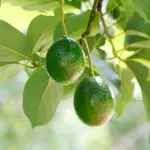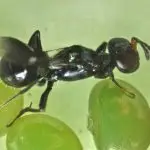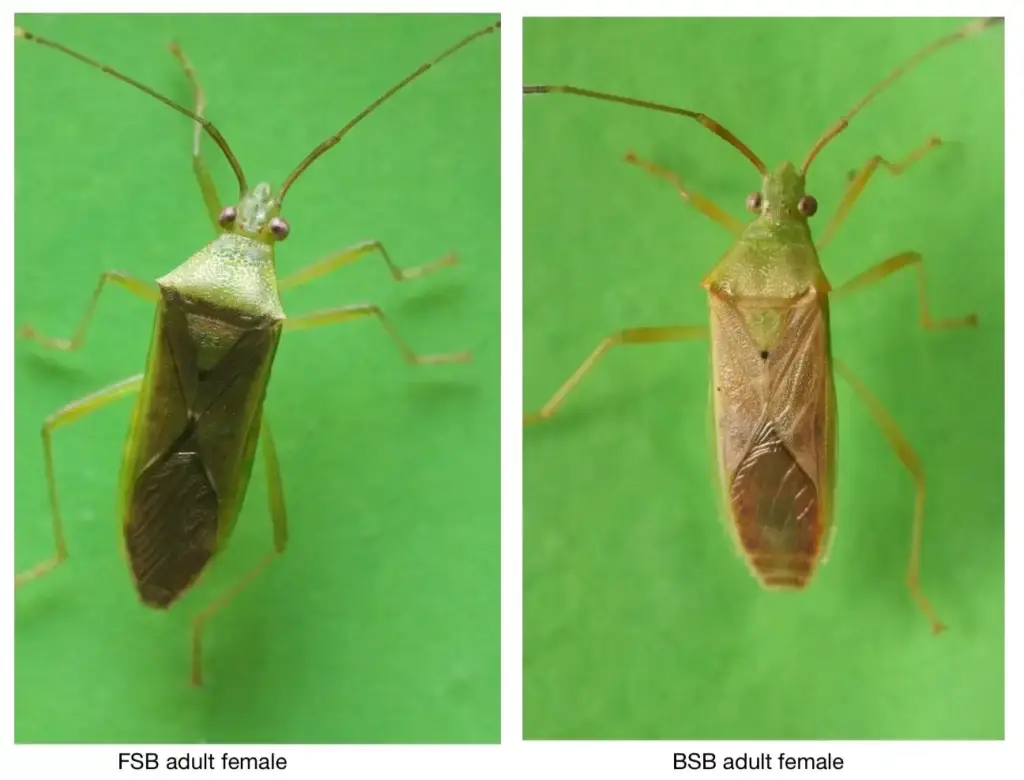Fruit spotting bugs
Overview
Fruit spotting bugs are a group of true bugs native to the tropical and subtropical regions of Queensland, northern NSW, Northern Territory and north-western Western Australia.
Two species cause significant economic damage to a range of horticultural tree crops: the Banana-Spotting Bug (Amblypelta lutescens lutescens) and the Fruit-Spotting Bug (Amblypelta nitida).
Adult spotting bugs are slender, green to brown, and 11-15mm long. Fruit-Spotting Bug usually feeds on green fruit and flowers causing premature fruit drop, and Banana-Spotting Bug damages the fruit and new shoot growth of some plants.
These spotting bugs are serious pests of avocado, banana, blueberry, cashew, custard apple, longan, lychee, macadamia, mango, papaya, passionfruit, raspberry, starfruit, and others. Fruit-Spotting Bugs have many native and exotic host plants which make them harder to control.
Why you need to control Fruit spotting bugs
Damage from fruit spotting bugs enlarge as the affected fruits mature. The affected produce is unsaleable and crop losses often exceed 50%. Repeated spotting bug attacks can kill papaya trees.
IPM approaches to control these pests are more successful in reducing pest numbers than spraying alone.
Beneficial predators to control Fruit spotting bugs among crops
Biological Services can help you control fruit spotting bugs in your commercial crop with Anastatus (species unknown).
Get tailored advice for your commercial crop
To speak with one of our qualified consultants about your current commercial crop challenge or to learn about the benefits of the IPM maintenance and monitoring services we provide, contact us.



